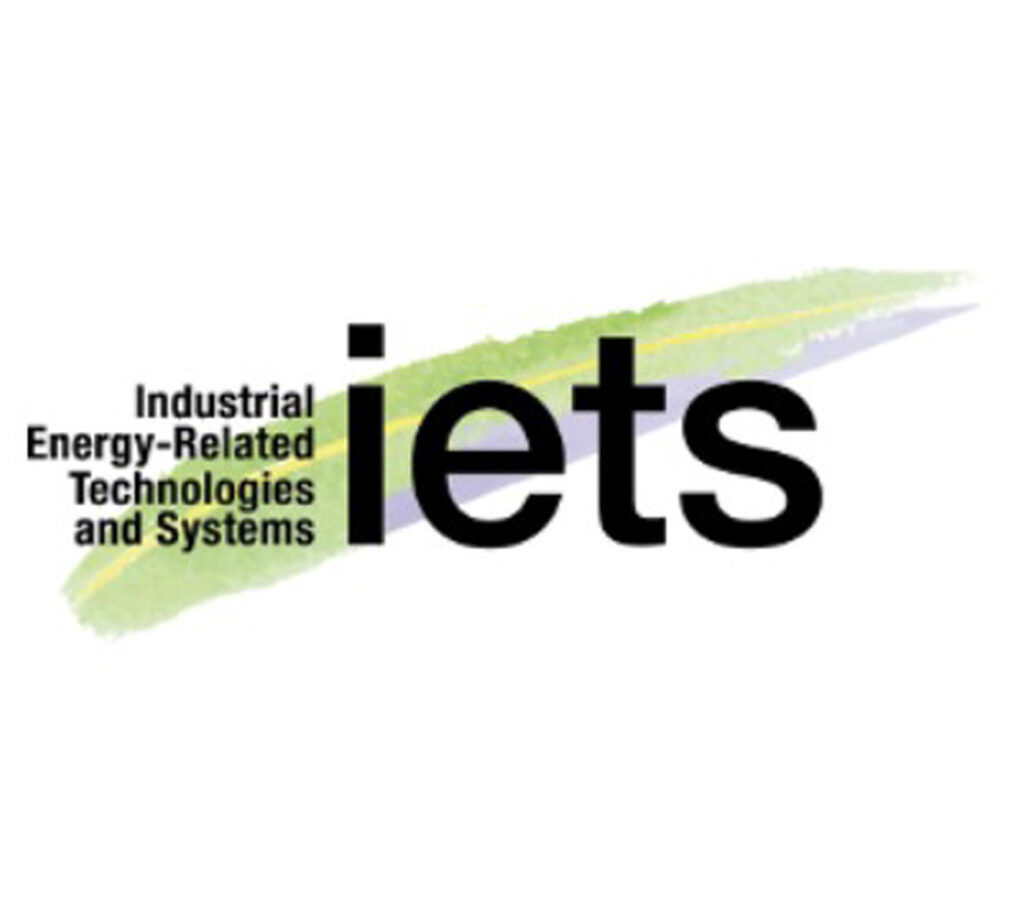Various sectors in society must undergo a transition from consuming fossil fuels to becoming sustainable. Here electrification of processes can be one option. One of the sectors which are consuming a large share of the energy in Denmark is the industrial sector. In 2020 the total energy consumption in Denmark in was 585 PJ where the industries held 21% of the consumption, being 192 PJ. The energy is primarily based on fossil fuels, where 64% of the energy is produced using natural gas, coal, etc. The electricity share is only 25% (Statistics Denmark, n.d.), why it is necessary to decarbonise the sector. However, the electrification risks influencing the security of electricity supply if the equilibrium between supply and demand is not obtained at all times.
In order to support the transition to a sustainable energy supply PlanEnergi has been part of the IEA Technology Collaboration Program about Industrial Energy-Related Technologies and Systems (IETS) Task XIX Electrification in Industry. The project is sponsored by the Danish Energy Agency’s Energy Technology Development and Demonstration Programme (EUDP). The aim of the IETS Task XIX – Electrification in Industry is to develop a platform for exchange of information, experiences, and lessons in R&D projects in the area of industrial electrification.
The resulting report presents the investigations and findings for electrification of the industry in a Danish context.
The report describes the electricity markets in Denmark, which industries can become a part of as well as the tax and tariffs in Denmark. Moreover, the report contains descriptions of how stability of the grid is maintained and how it can be challenged with the increase of converter-based plants (both consumers and producers). Furthermore, the report investigates different cases of electrification-strategies for a fictive industry and compares the cases on yearly savings, payback time and investment costs.
One of the most interesting findings of the project is the distribution of the cheapest consecutive eight hours of operation within a day over a year for 2020, 2021 and 2022 by which it can be concluded that the variation in the cheapest production hours between the three years varies greatly challenging the production planning if the cheapest productions periods should be utilized. The increase over the years in the number of days when it is cheapest in the middle of the day can be linked to the increase in the installed capacity of solar panels during this period.

